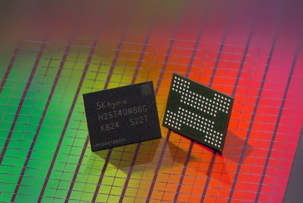2D memory integrated into a microchip: the power of future processors may change significantly
15:22, 10.10.2025
Scientists from China have developed a memory chip the size of several atoms and integrated it into a conventional microchip.
Over the past decade, silicon chips have already approached a certain size limit. Therefore, scientists from China propose using 2D materials consisting of a single layer of atoms. Previously, scientists from various countries had already tested two-dimensional materials, such as graphene, but it was very challenging to integrate them with standard processors.
Research by scientists at Fudan University
Scientists at Fudan University have achieved their desired result, successfully integrating memory cells into a silicon chip. This result was achieved thanks to ATOM2CHIP technology, which makes it possible to grow memory material on a standard chip. In addition, scientists have also developed a type of packaging to protect 2D materials from heat, mechanical, and other factors.
Performance testing was conducted at a frequency of 5 MHz. The chip created is a full-fledged device that functions in real-world conditions. The new technology works much faster than traditional options and consumes less energy. Therefore, it is likely that the new project will have a significant impact on the generation of ultra-fast memory and will fundamentally influence the ways in which information is processed and stored.


